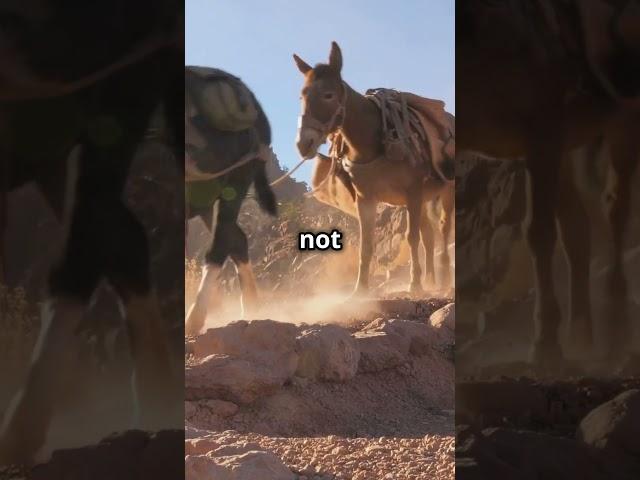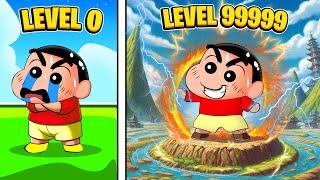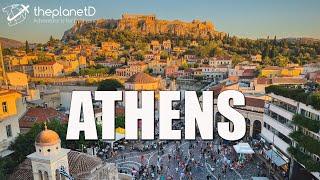
The Grand Canyon Enigma
The Grand Canyon Enigma: Geological Wonders and Mysteries
Introduction to the Grand Canyon
The Grand Canyon is one of the most remarkable geological formations on Earth, stretching approximately 277 miles in length, with depths ranging from 3,000 to 6,000 feet and widths between four to eighteen miles. This natural wonder is not only a breathtaking sight but also a significant site for geological study, revealing nearly two billion years of Earth’s history through its exposed rock layers.
Geological Formation of the Grand Canyon
The formation of the Grand Canyon has been primarily attributed to the erosive power of the Colorado River over millions of years. The river has carved through various rock layers, each representing different geological periods. The oldest rocks at the bottom are known as Vishnu Schist, which date back nearly two billion years. Above these are sedimentary layers that were deposited over time, showcasing a rich geological history.
One intriguing aspect of the Grand Canyon’s geology is the presence of gaps in the rock record known as unconformities. For instance, there exists a significant gap of about 1.2 billion years where no sedimentary deposits are found. This phenomenon raises questions about what geological processes may have led to such extensive erosion or lack of deposition during that period.
Legends and Mysteries Surrounding the Grand Canyon
While the geological history is well-documented, numerous legends and mysteries add an element of intrigue to this natural wonder:
Disappearing Explorers: There have been reports throughout history of explorers who ventured into the canyon and mysteriously vanished. These stories often evoke images of strange vortexes or portals within the canyon.
The Lost City Legend: A notable legend involves a supposed “Lost City” hidden within the canyon walls, allegedly discovered by explorers in 1909. Despite claims made in a newspaper article from that time, no concrete evidence has ever substantiated this story.
Mysterious Creatures: Local folklore includes tales of winged creatures resembling pterosaurs or thunderbirds that are said to inhabit the canyon, adding to its mystical reputation.
The Mogollon Monster: Similar to Bigfoot sightings elsewhere in North America, reports have emerged about a large hairy creature spotted around the Grand Canyon area known as the Mogollon Monster.
Cultural Significance: The Grand Canyon holds deep cultural significance for many Native American tribes who regard it as sacred land filled with spiritual meaning and ancient stories.
Conclusion
The Grand Canyon stands as both a geological marvel and a source of enduring mystery. Its formation through natural processes reveals much about Earth’s history while legends surrounding it continue to captivate imaginations worldwide. Whether viewed through a scientific lens or appreciated for its cultural narratives, the Grand Canyon remains an enigmatic symbol of nature’s power and beauty.
Introduction to the Grand Canyon
The Grand Canyon is one of the most remarkable geological formations on Earth, stretching approximately 277 miles in length, with depths ranging from 3,000 to 6,000 feet and widths between four to eighteen miles. This natural wonder is not only a breathtaking sight but also a significant site for geological study, revealing nearly two billion years of Earth’s history through its exposed rock layers.
Geological Formation of the Grand Canyon
The formation of the Grand Canyon has been primarily attributed to the erosive power of the Colorado River over millions of years. The river has carved through various rock layers, each representing different geological periods. The oldest rocks at the bottom are known as Vishnu Schist, which date back nearly two billion years. Above these are sedimentary layers that were deposited over time, showcasing a rich geological history.
One intriguing aspect of the Grand Canyon’s geology is the presence of gaps in the rock record known as unconformities. For instance, there exists a significant gap of about 1.2 billion years where no sedimentary deposits are found. This phenomenon raises questions about what geological processes may have led to such extensive erosion or lack of deposition during that period.
Legends and Mysteries Surrounding the Grand Canyon
While the geological history is well-documented, numerous legends and mysteries add an element of intrigue to this natural wonder:
Disappearing Explorers: There have been reports throughout history of explorers who ventured into the canyon and mysteriously vanished. These stories often evoke images of strange vortexes or portals within the canyon.
The Lost City Legend: A notable legend involves a supposed “Lost City” hidden within the canyon walls, allegedly discovered by explorers in 1909. Despite claims made in a newspaper article from that time, no concrete evidence has ever substantiated this story.
Mysterious Creatures: Local folklore includes tales of winged creatures resembling pterosaurs or thunderbirds that are said to inhabit the canyon, adding to its mystical reputation.
The Mogollon Monster: Similar to Bigfoot sightings elsewhere in North America, reports have emerged about a large hairy creature spotted around the Grand Canyon area known as the Mogollon Monster.
Cultural Significance: The Grand Canyon holds deep cultural significance for many Native American tribes who regard it as sacred land filled with spiritual meaning and ancient stories.
Conclusion
The Grand Canyon stands as both a geological marvel and a source of enduring mystery. Its formation through natural processes reveals much about Earth’s history while legends surrounding it continue to captivate imaginations worldwide. Whether viewed through a scientific lens or appreciated for its cultural narratives, the Grand Canyon remains an enigmatic symbol of nature’s power and beauty.
Тэги:
#grandcanyon #grand_canyon #Geologic_wonder #arizona #great_Wonder #travelКомментарии:
The Grand Canyon Enigma
Gem and Mineral Exchange
AeternA - Pirate Song
Metko Vizigot (metk0o vizigot037)
Jigs Tve Challenge Tour EP 1
JIGS TVE
You're Too Good For Me- By Domo Wilson (Official Music Video)
Domo Wilson Music
Топ 5 обманов строительных компаний
Стройка по ГОСТу
BLITZCRANK MIXCRANK | League of Legends Champion Remix
Riot Games Community
75kg: Arshia Ebadi vs Jesse Morrow
King in the Ring Fight Series
30 Fun Things to do in Athens, Greece
The Planet D











